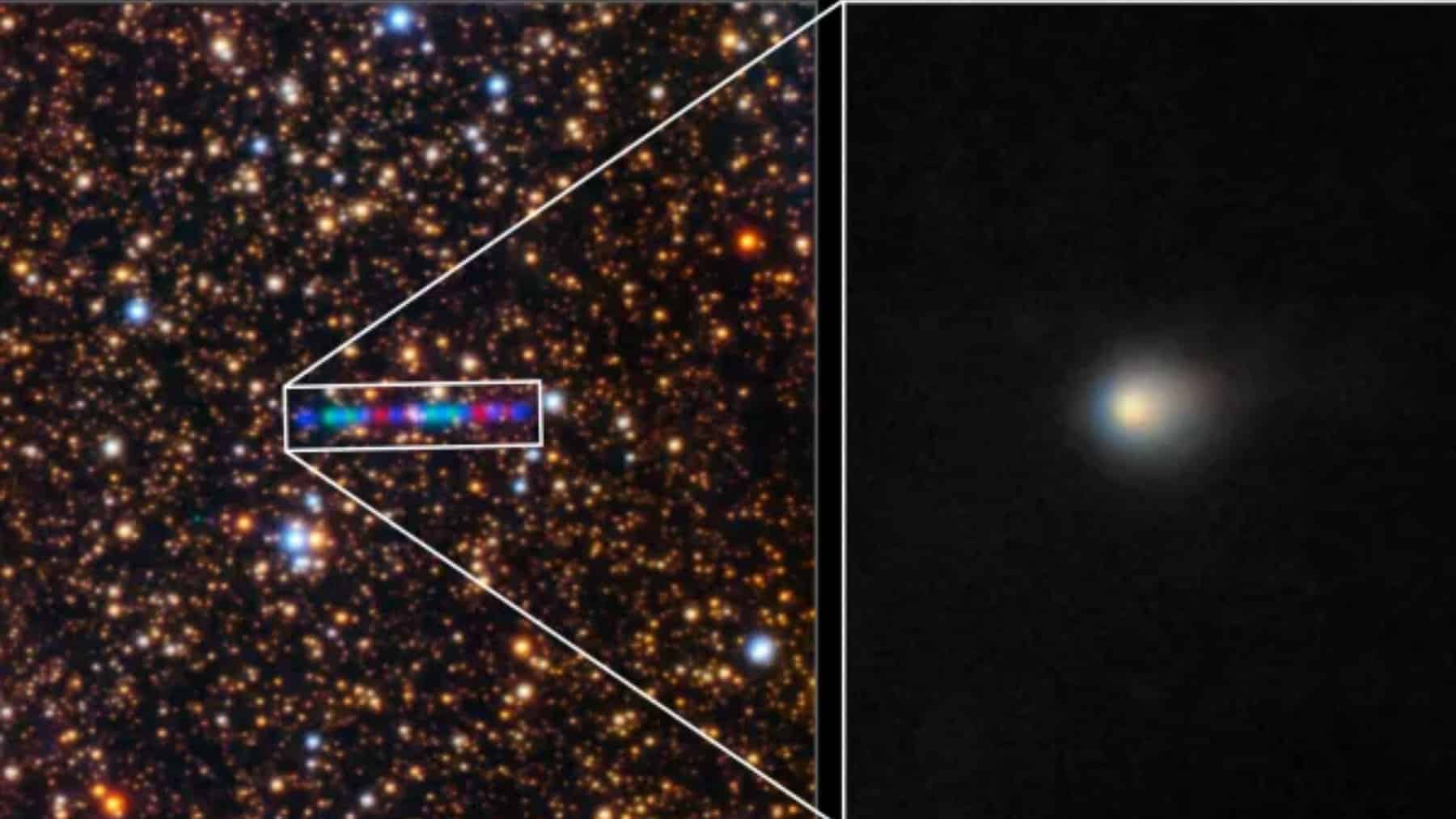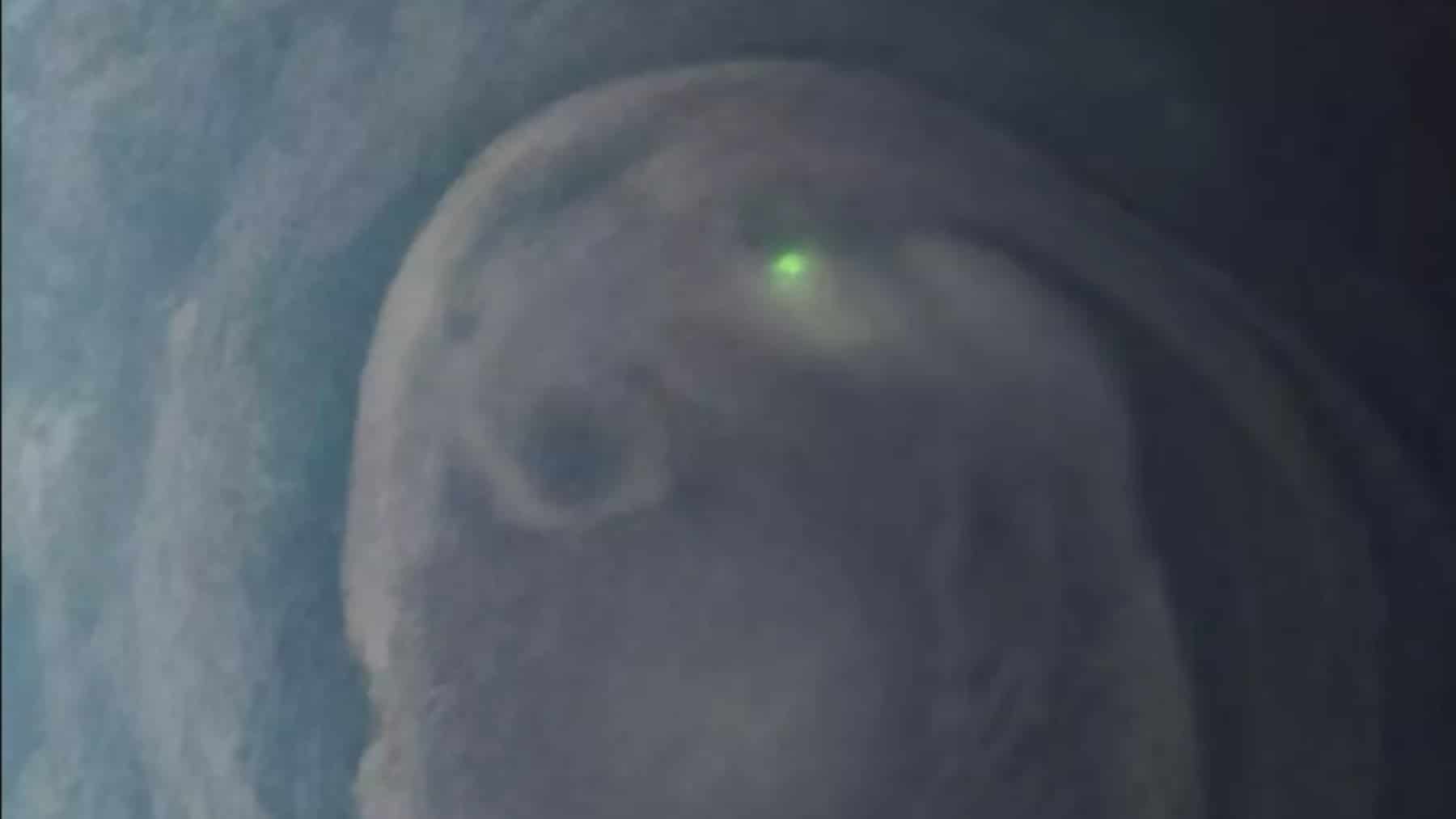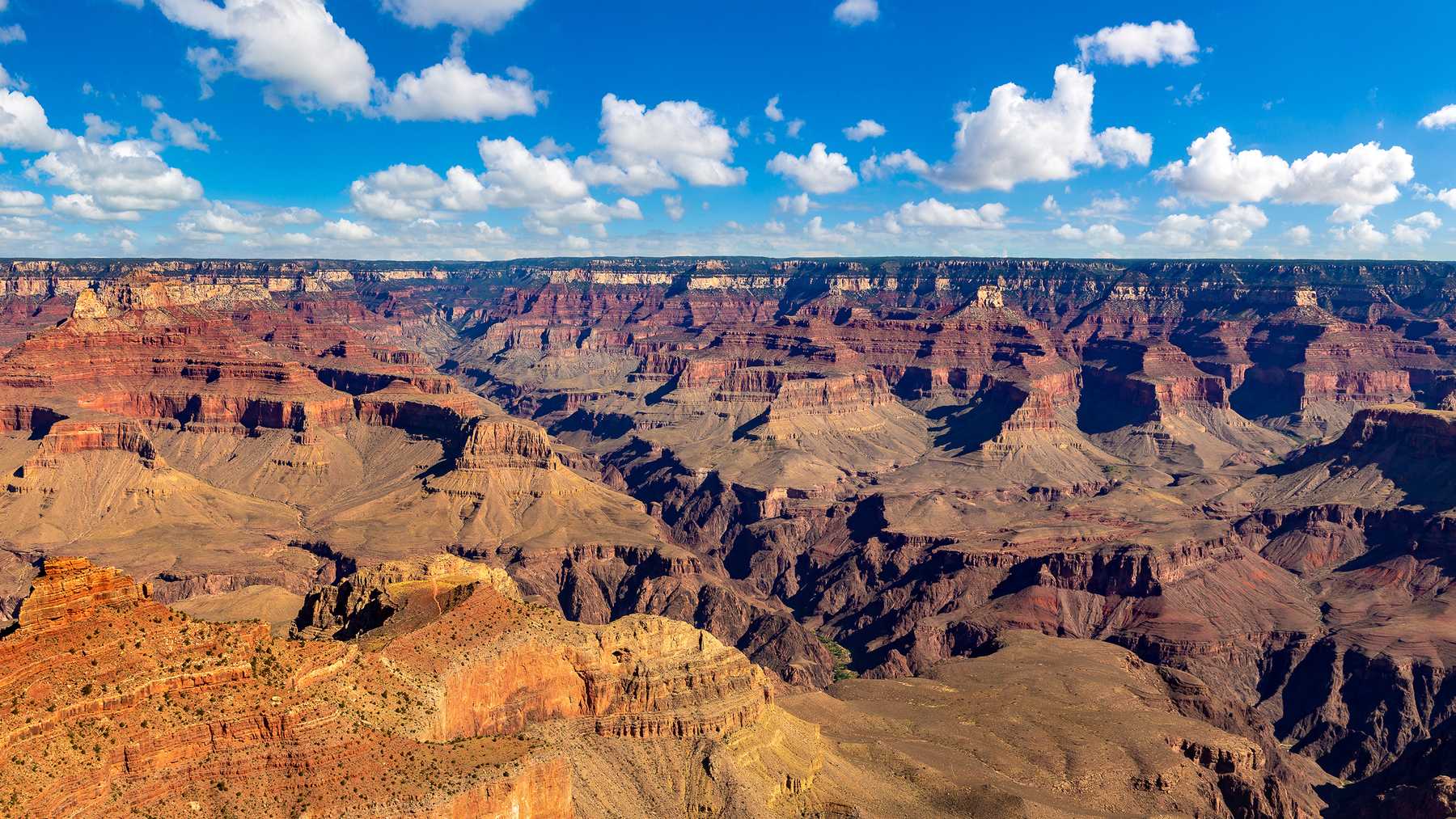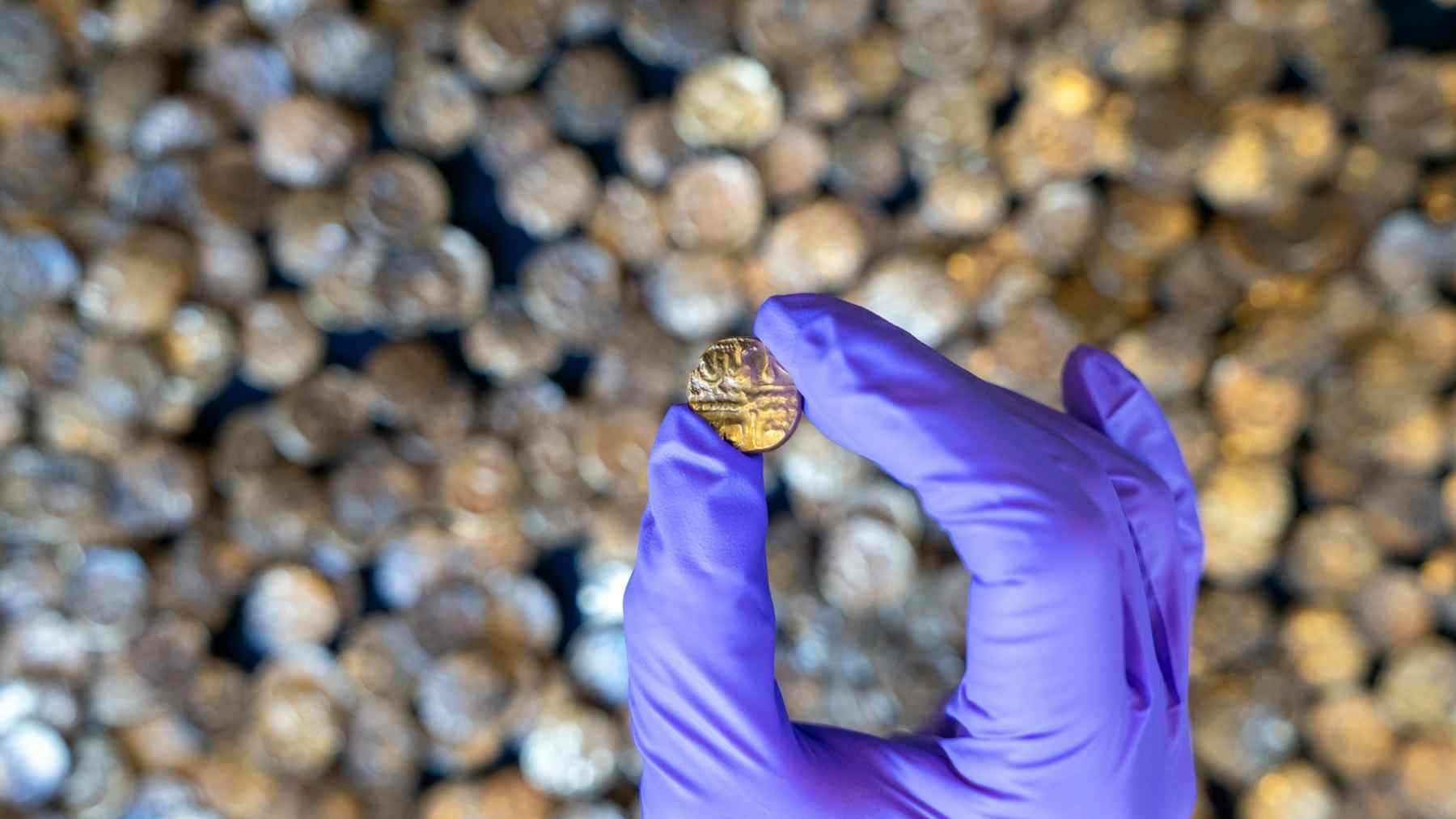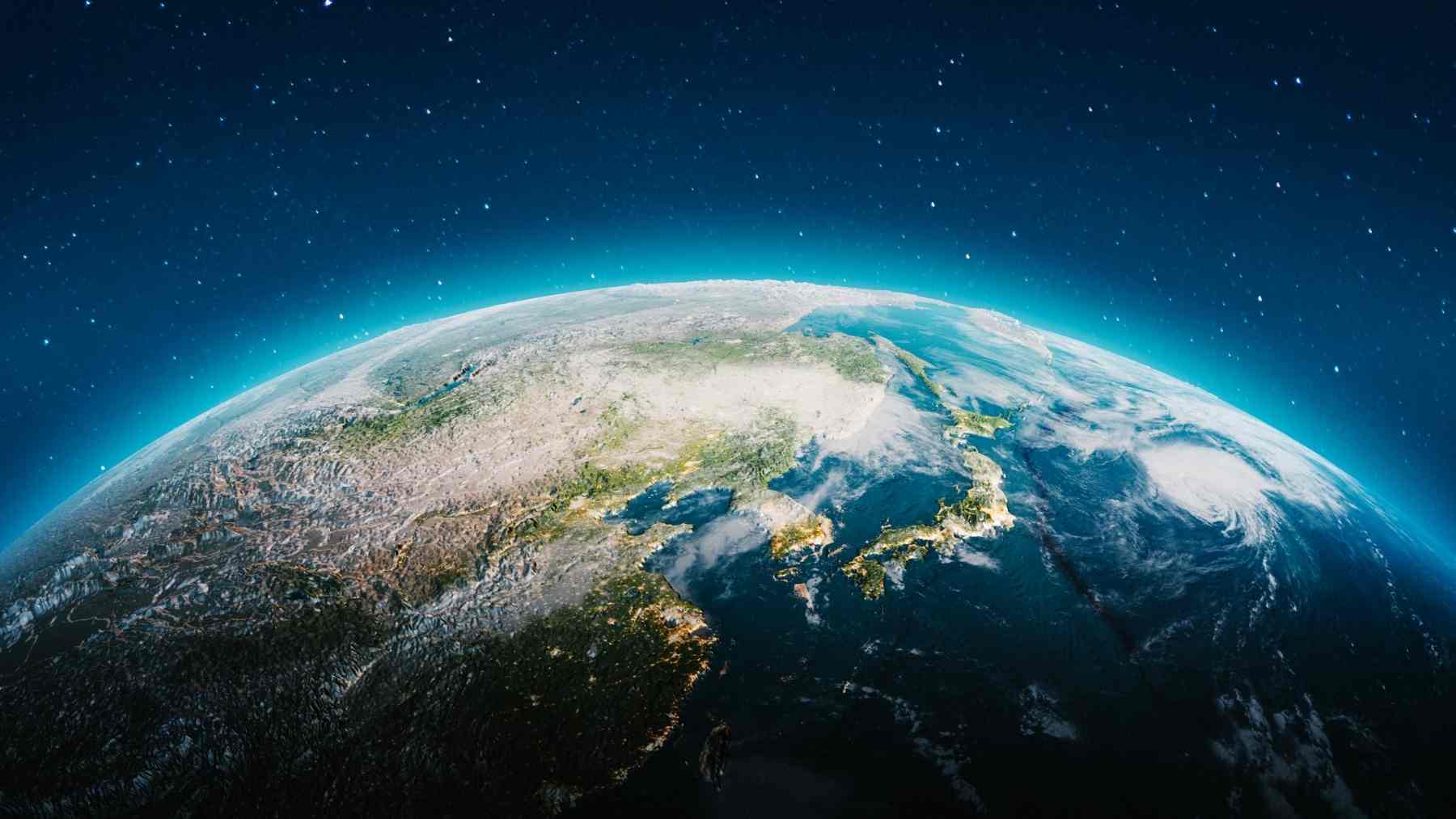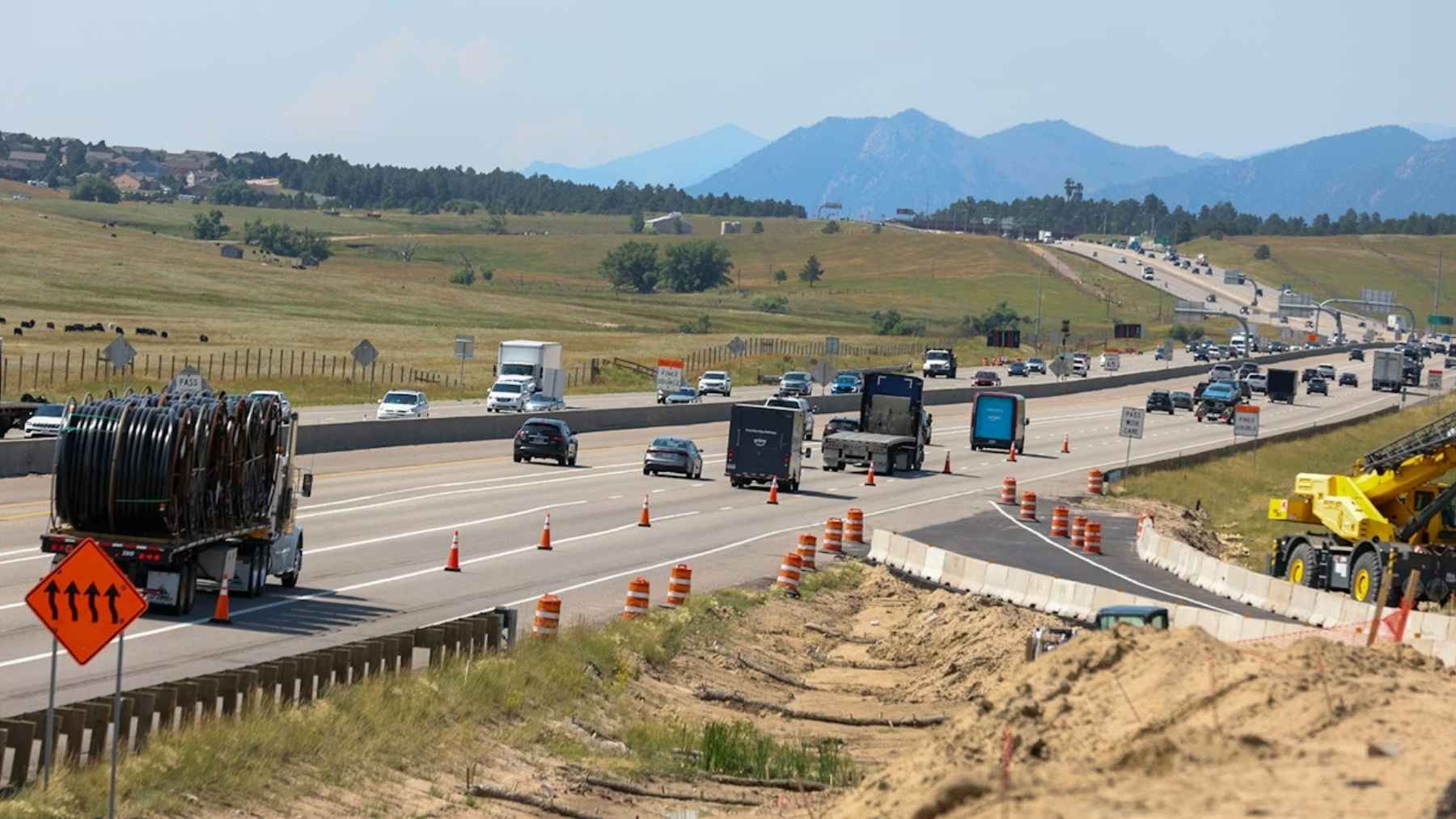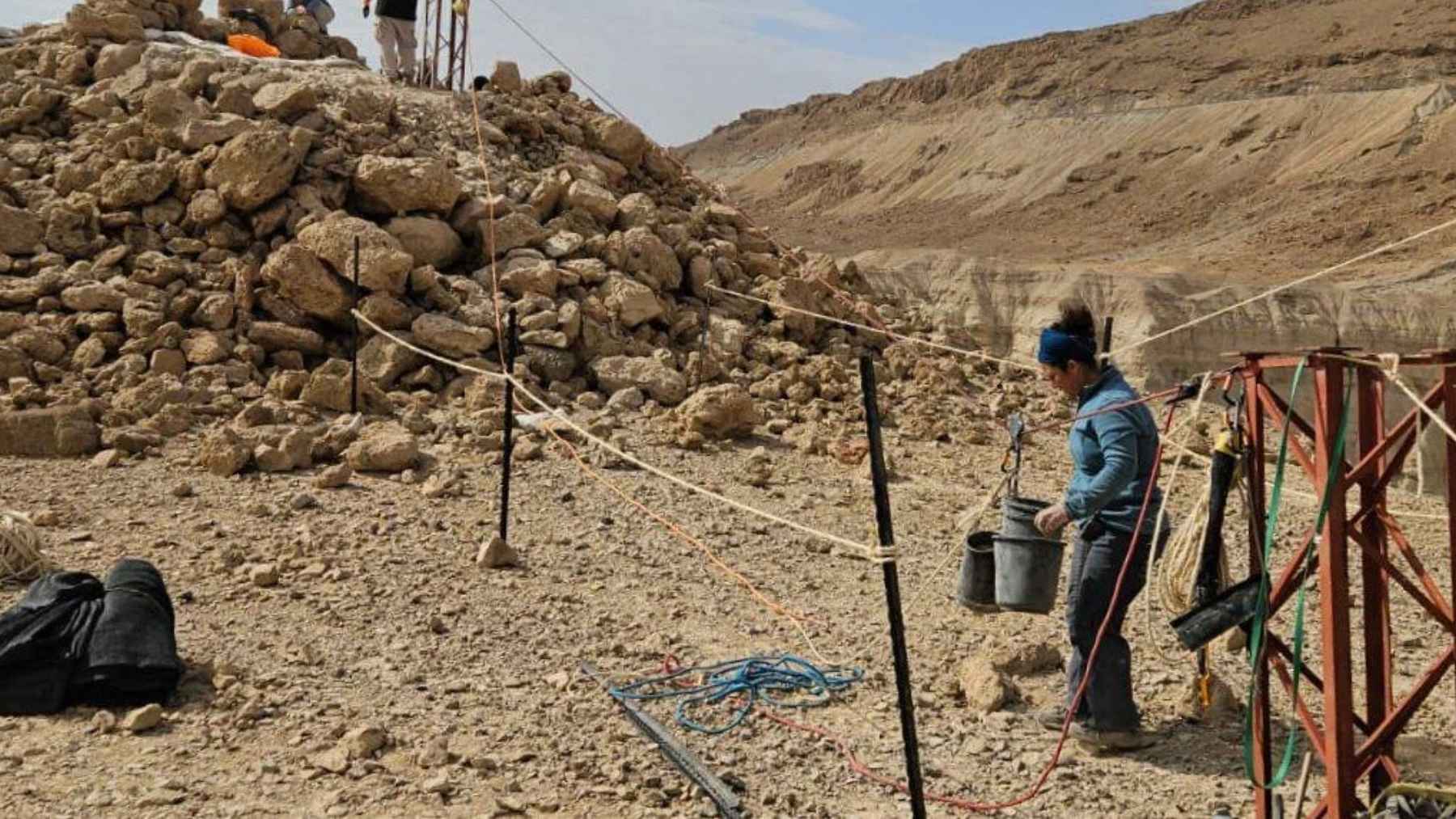The skies have never been so lively. That’s because, in recent years, astronomers have been recording phenomena that until recently sounded like science fiction: objects coming from outside our Solar System. Now, with the 3rd interstellar visitor, discovered in July 2025, we’re entering a new phase of cosmic exploration. Not only is it the third interstellar visitor ever detected, but it also displays such peculiar characteristics that they reinforce the idea that there’s a kind of “cosmic highway” crossing our stellar neighborhood.
A third traveler joins the cosmic highway — coincidence or hidden pattern?
Since the discovery was officially announced on July 1, 2025, the world’s largest telescopes, including Hubble, TESS, SPHEREx, and James Webb, have turned their attention to this enigmatic traveler. And what they found has intrigued the scientific community. Mainly because of these points:
- Early activity: TESS recordings show that the comet was already active in May, about 6 AU from the Sun–far beyond the distance at which comets typically begin to outgas.
- Anomalous composition: JWST analyses revealed that the proportion of carbon dioxide in its coma is eight times greater than that of water, a very rare phenomenon.
- Dimension: The nucleus is approximately 2.8 km in radius, but the gas cloud extends across 23 km.
These measurements suggest that 3I/ATLAS may have formed under conditions different from those that shaped our own comets, perhaps near the CO₂ “ice line” in its parent system. However, what really changes the narrative is realizing that 3I/ATLAS is not alone. This is because it follows the same fate as ʻOumuamua (2017) and Borisov (2019).
When science maps currents, imagination sees highways
And this idea that Earth is on someone’s trajectory arises from a provocative reading, because if a natural cosmic highway exists, it can be used not only by chunks of ice and dust, but also by anyone intent on using it. The causes of the cosmic highway are:
- Galactic gravity.
- Stellar perturbations.
- Orbital alignments.
This scientific explanation underlies the phenomenon. But it also leaves room for speculation (just like when NASA spotted an eerie white skull in the desert). Harvard astronomer Avi Loeb even wrote: “The consequences, should the hypothesis turn out to be correct, could potentially be dire for humanity and would possibly require defensive measures to be undertaken.”
On the other side, the scientific reaction was harsh. Samantha Lawler of the University of Regina summarized the consensus:
“In my experience, the vast majority of scientists subscribe to the idea that extraordinary claims require extraordinary evidence, and the evidence presented is absolutely not extraordinary.”
What does a third visitor really mean?
From there, scientists have come up with two explanations. The first is that CO₂ formation near the ice line would explain the high proportion of this gas. The other is that heat penetration into the core is low, suppressing the release of water relative to carbon dioxide. And so, while Loeb reignites the debate about possible alien artifacts, other scientists urge caution. Chris Lintott of the University of Oxford told Live Science:
“Any suggestion that it’s artificial is nonsense on stilts, and is an insult to the exciting work going on to understand this object.”
Thus, 3I/ATLAS symbolizes both the advancement of our observation and the dilemmas surrounding how far speculation should go. Ultimately, whether as a natural phenomenon or an invitation to the imagination, the fact is that Earth is on the map of this traffic. We are on a route within a trajectory we did not choose, but which can tell us more about our place in the cosmos. And speaking of highways, we must remember that NASA recently tested the first roll-out solar array in history, and they said, “It’s like building a highway to Mars.”
